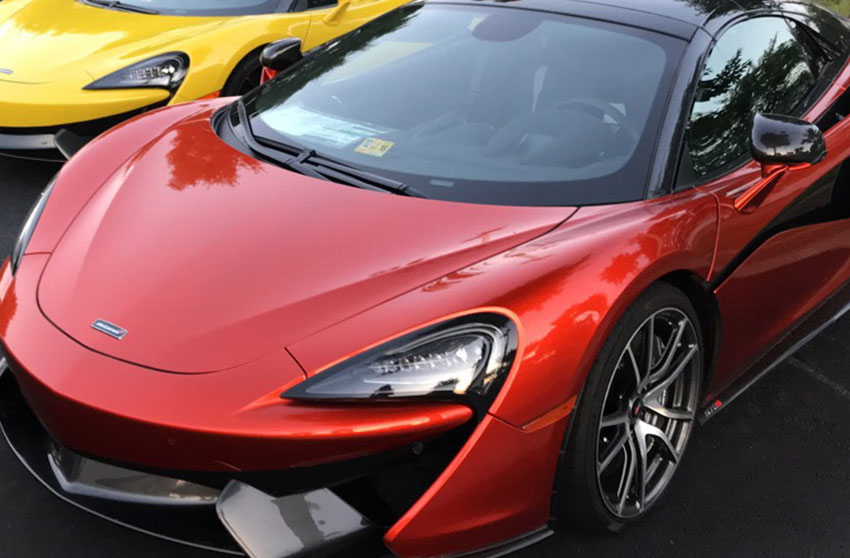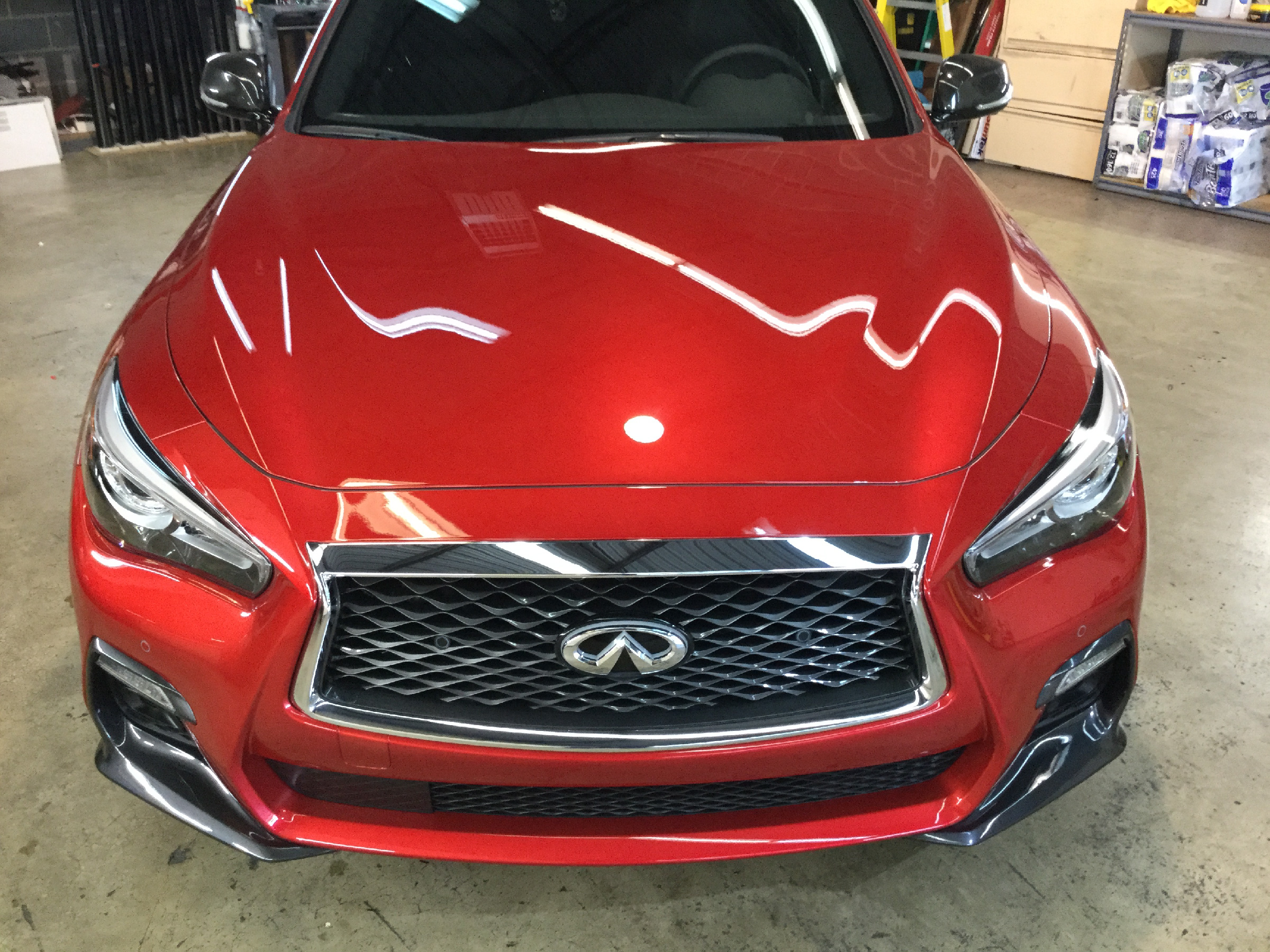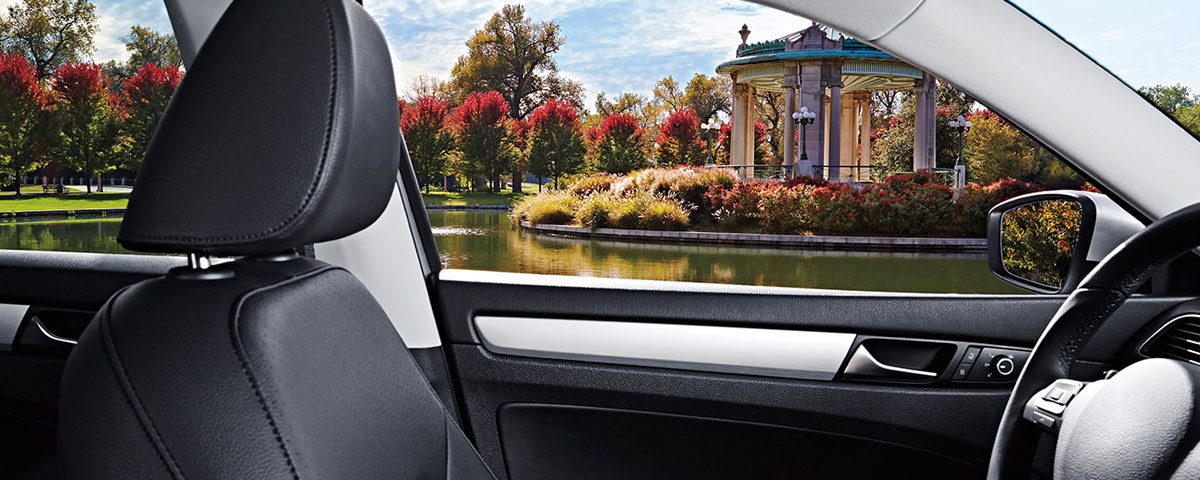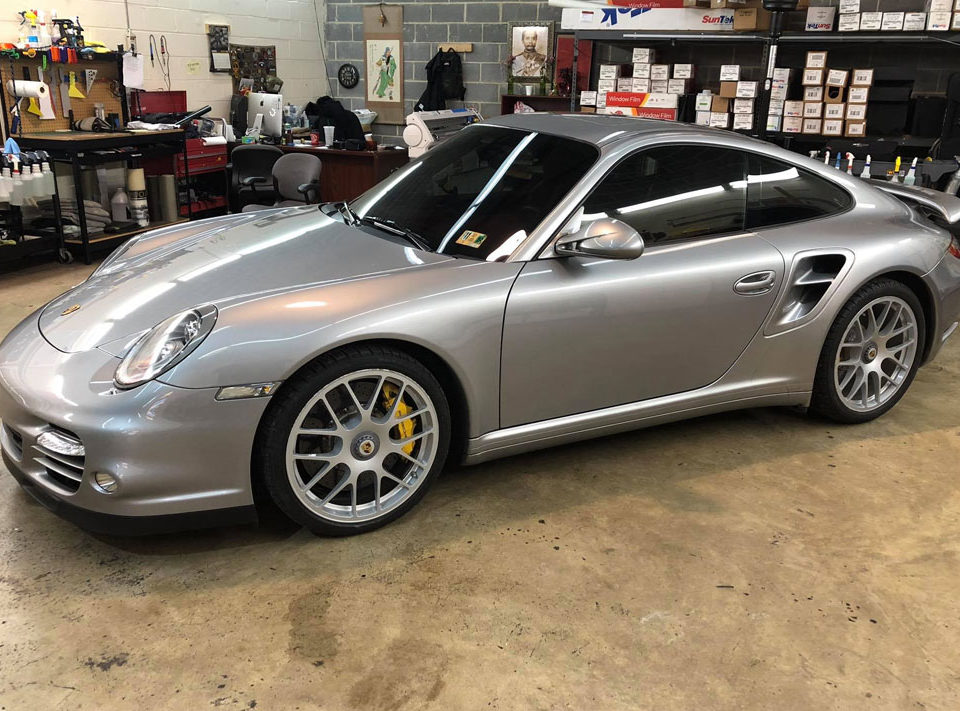
Guide to Tinting Your Car Windows
September 22, 2023
How to Take Care of Your Car During Winter
October 23, 2023The weather is always unpredictable. Summer storms, unexpected hail, and harsh sun rays can destroy your car. For your car to look good for long, you must protect it from these weather elements. How do you do it? Keep reading.
Use window tints
The sun can be ultra-strong, especially on a hot summer’s day. When you expose your car to the sun, the sun’s intense UV rays deteriorate the paint job and degrade your car’s interior over time. You don’t want this, do you?
One of the best ways to lessen interior heat and potential interior fading is to invest in auto window tinting that will keep your car cooler by helping to block UV radiation.
Another way you can go about it is to invest in sunshades for your windshield and even your side windows.
When tinting your car windows, you must know the rules and restrictions pertaining to window tinting in your jurisdiction.
This is because there are regional variations in the maximum darkness of the tint, the kinds of materials you can use, and the windows you can tint. Remember that penalties and fines may follow for breaking these laws. You don’t want penalties, do you?
Professionals usually tint windows by applying a thin, sticky film to the interior surface of the panes. Your choice of tint darkness should consider your particular aesthetic, visible preferences, and legal limitations.
Remember that a window tint that is too dark might make it difficult to see, especially at night, so it’s important to weigh the advantages of tinting against the need to be safe on the road.
Hire a reputable installer who uses premium tinting products to ensure your tint’s longevity and efficacy.
Have a shelter for your car.
The second tip is to park in the shade whenever you can. One easy approach to protect the fresh paint job on your car from too much sun is to park beneath a cover.
Covered parking lots and garages are great options. When you park your car under a shade, your car is shielded from unforeseen circumstances like hailstorms and fallen branches.
Try to park away from trees without a car shelter, as branches could fall and harm your car.
Avoid parking in low-lying locations where flash floods are more common.
Keep an eye on weather seals.
Checking your car’s weather seals regularly is vital. The windows, doors, and trunk all have these seals surrounding them. Ensuring their integrity and optimal operation will avert harmful water leaks during storms.
The weather seals keep air, water, dust, and noise out of the cabin. They are essential to preserving the interior’s integrity, comfort, and safety.
Proper maintenance is necessary for peace of mind that these weather seals will continue to work. This is the reason you should keep a close eye on them.
Weather seals can deteriorate or break over time, which can cause problems, including water leaks, louder roads, and less effective climate control.
You can increase their lifespan with routine cleaning and sporadic silicone-based product lubrication. To preserve the integrity and comfort of your car, replace deteriorated or broken seals.
Wax your car
Waxing your car’s exterior protects it from hail and UV rays as it forms a protective layer. The hydrophobic barrier formed repels water and prevents hail from creating lasting dents on your car.
For the best results, wax your car every three to four months.
Besides ensuring that a reputable contractor does the polish work, you also should be cautious about how you clean your car.
Use a soft sponge or mitt and mild car wash soap when cleaning your car. Steer clear of using powerful detergents or automated car washes that remove wax.
Be cautious of bird droppings.
Some drivers, particularly those who don’t keep their vehicles in garages, often dismiss bird droppings as a harmless inconvenience. Unfortunately, this isn’t the case.
Bird droppings are acidic and can permanently harm your car paint if you keep them on your car or continue allowing the birds to poop.
To protect your car, you should avoid parking under trees where birds tend to perch. If you don’t have a garage or shelter to park your car, purchase a car cover to keep the car safe from the weather elements and bird droppings.
When there are bird droppings on your car, don’t ignore them. Instead, move with haste and clean them.
Tree sap is another dangerous enemy that can scratch since it can be hard to get rid of without spreading.
Prevention is key when it comes to protecting your car from tree sap. If possible, park your car away from trees.
If this is impossible, always move with haste and remove the sap from your car.
You should remove tree sap from your car as soon as you see it. This is because, over time, sap may harden and become more difficult to remove. To safely remove tree sap, follow these steps:
- Use warm, soapy water to soak a microfiber cloth.
- Using the moist cloth, gently rub the sap-covered region, careful not to harm the paint.
- You can use specialist sap removal products sold at car stores if the sap is hard to remove. For safe usage, adhere to the manufacturer’s instructions.
- Wash and wax the affected area after removing the sap to restore the luster and protection of the paint.
If tree sap is sticking to your car or has damaged the paint, you should have professional detailing services. Detailers provide the knowledge and equipment necessary to safely remove impurities from your car and restore its finish.
Parting shot
Planning with all these safety measures may seem like a burden, but resilience mostly depends on being prepared. Make every effort to safeguard your car and yourself so you are ready for Mother Nature’s unanticipated visit.
When doing car window tinting Springfield, waxing, detailing, or any other task, ensure that experienced professionals do the work.


